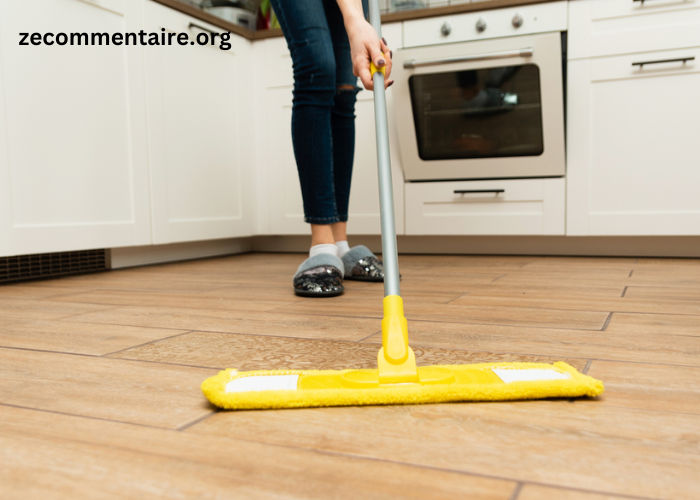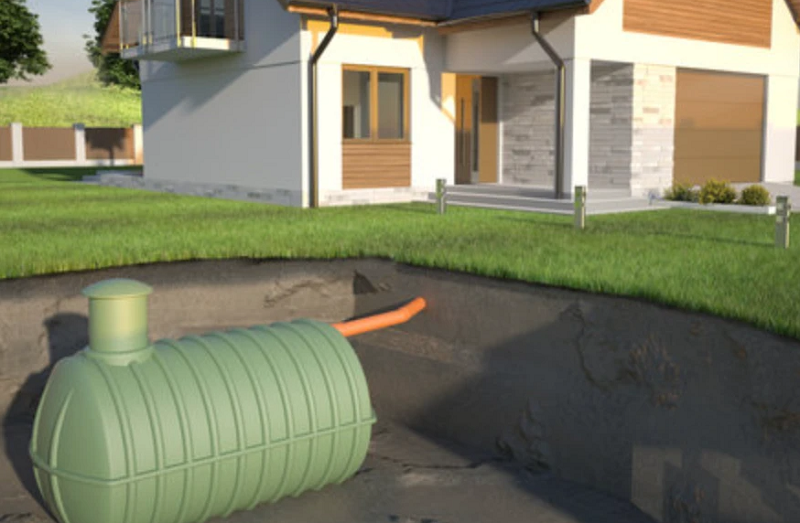They say that the kitchen is the heart of the home, that warm, cozy place full of good food and family that we all love to spend time in! The thing is, all that love comes with some dirty feet and plenty of spills, making that cozy kitchen’s floors a real mess! There’s no way to stop it from happening beyond locking everyone out and ordering food for delivery, so that means you are going to have to give that kitchen floor a regular cleaning!
A variety of different flooring materials are used in modern kitchens and each requires a slightly different cleaning approach, but there are a few daily cleaning tasks that you can do to reduce the build-up of dirt and grime that work well for all of them. A daily pass with the broom takes care of some of the crumbs and whatever those dirty feet track in, while regular mopping sops up the spilled grease. Now you can combine both of those duties into one tool, a bionic Hizero all-in-one cordless hard floor cleaning device that can both sweep and mop with its effective, but gentle polymer roller!
If you really want to do the kind of deep cleaning that a mess magnet like the kitchen floor requires, you are going to need to get it a bit wet. It’s important to know what’s best for each type of flooring because the wrong cleaners can do more harm than good! Let’s take a look at the best options for each type of flooring!
Linoleum Floors – Running a damp mop across your linoleum is fine for weekly cleanings, but when it’s time for a deeper clean use an all-purpose, non-abrasive cleaner. If you are not sure about your floor’s composition, there are some linoleum look-alikes, you can play it safe by using a mild vinegar and water solution to clean it.
Ceramic Tile Floors – These are durable and fairly easy to clean, which is part of why they are such a popular choice for kitchens that see a lot of use and traffic. It’s best to clean your ceramic kitchen tiles with a mixture of mild detergent or liquid dish soap and warm water. Wipe them with a rag or chamois mop, they are better for this than sponge mops that push dirty water down into the grout lines, making them more difficult to clean. Take a minute to dry your floor with a lint-free clean cloth shortly after you are done washing them to avoid water spotting.
Laminate Floors – Clean these with a gentle cleaner and a light mopping. You can DIY some laminate floor cleaner by mixing together some white vinegar and water. Don’t get your mop too sopping wet, the excess can seep under the baseboards. Use a fine microfibre cloth for drying to avoid leaving behind a cloudy residue. Acrylic products, wax, and beach can harm a laminate floor’s finish!
Wood Floors – Use a hardwood mop and a cleaner specifically designed for wood flooring. After the initial mopping, rinse with a clean, damp mop, but be sure to dry the floor completely because standing water damages wood!
Enjoy your sparkling clean kitchen floors!





